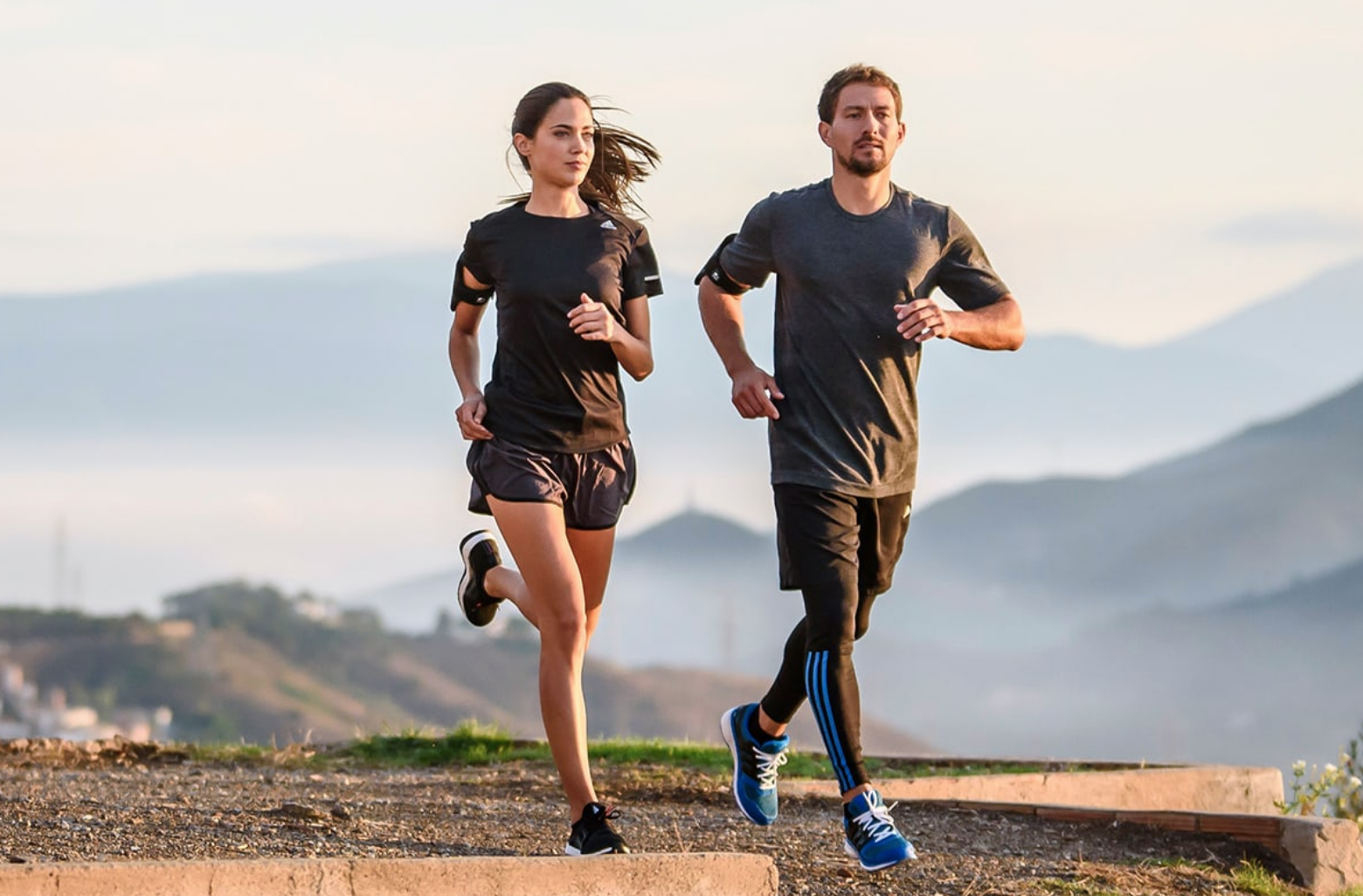According to the calendar, it’s *finally* going to be spring soon, which means that if you’re not experiencing a warm up in weather now, you’re about to! And that also means it’s time to refresh ourselves on what it means to run in warm(ish) weather. So how does one transition out of the bundled up, cold weather running we’ve come to love (or hate) over the last few months to running in sunshine and humidity?
Take a peek at these five tips for making the transition easy and safe:
Gear Up (and Be Ready to Lose Some Layers)
Just like it’s important to know which layers to wear at which temperature during the winter months, when it starts to warm up, you should check the chart to see what layers to lose. One way to figure it out is to add about 10-15 degrees to the outside temperature, and dress for comfort in that temperature range. While the weather is still in the 40s-50s, you’ll probably want to start with a long sleeved layer to warm up in, then have a way to carry it while you finish out your run. If you’re still not sure what to wear, try using this tool for calculating the ideal running outfit for your gender, weight and the type of run you’ll be completing.
Hydrate, Hydrate, Hydrate
This one seems like a no brainer, but it still has to be pointed out. It’s really easy to get dehydrated when the temperature climbs, especially when your body is used to functioning in cooler temperatures. Pack extra water, wear a hydration system, or know where you can refuel if you need it. Don’t underestimate the effects of a few degrees on how much water your body needs.
Slow Your Roll
It’s important to let your body acclimate to warmer temperatures. And the key to that? Slooooow down. Your body has to work harder in higher temperatures, which means you’re going to get tired faster. To avoid harming yourself, slow it down a bit until you’re comfortable with the heat. Don’t like decreasing your pace? Then cut down the miles for a bit, so you don’t push yourself past your limit.
Run a Familiar Route
In case you need help or need a break, it’s a good idea to stick to a route you know like the back of your hand. You’ll know where the best places are to rest, or how to get in touch with someone if you need a ride or (worst case scenario), if you sustain an injury on your run.
Know the Signs of Heat Stroke (and Listen to Your Body)
Transitions can be smooth, and sometimes not so much. It can be exhilarating to run in the warmth after months of cold weather, and sometimes that means you push it just a little too hard. So make sure you know the signs of heat stroke (throbbing headache, dizziness, lightheadedness, lack of sweating despite heat, muscle weakness or cramps, etc.) and listen to your body. If you’re feeling a little weird, slow down, drink some water and take a bit of a break.
This entry was posted On March 19, 2019 By Injinji.

























